203.移除链表元素
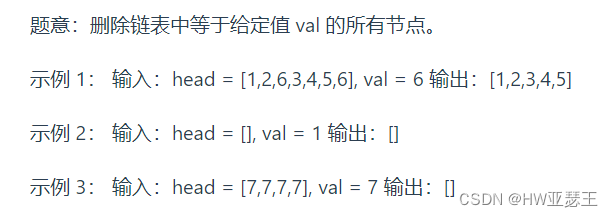
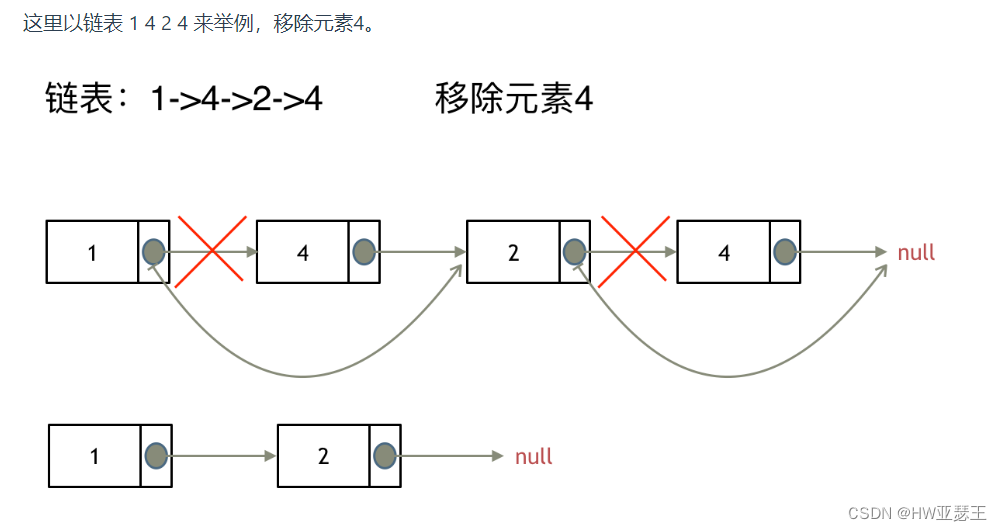
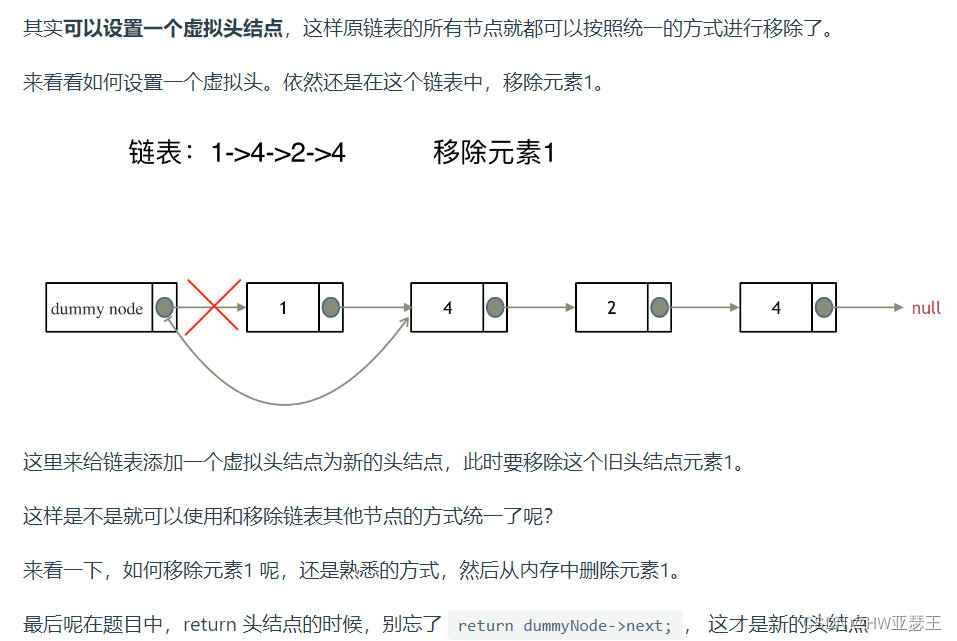
# Definition for singly-linked list.
# class ListNode:
# def __init__(self, val=0, next=None):
# self.val = val
# self.next = next
class Solution:
def removeElements(self, head: Optional[ListNode], val: int) -> Optional[ListNode]:
# 创建虚拟头部节点以简化删除过程
dummy_head = ListNode(next = head)
# 遍历列表并删除值为val的节点
current = dummy_head
while current.next:
if current.next.val == val:
current.next = current.next.next
else:
current = current.next
return dummy_head.next删除链表节点的核心思想即是:找到要删除的节点的前一个节点,通过该节点的next指针指向要删除节点的下一个节点,要删除的节点即被删去~
707.设计链表

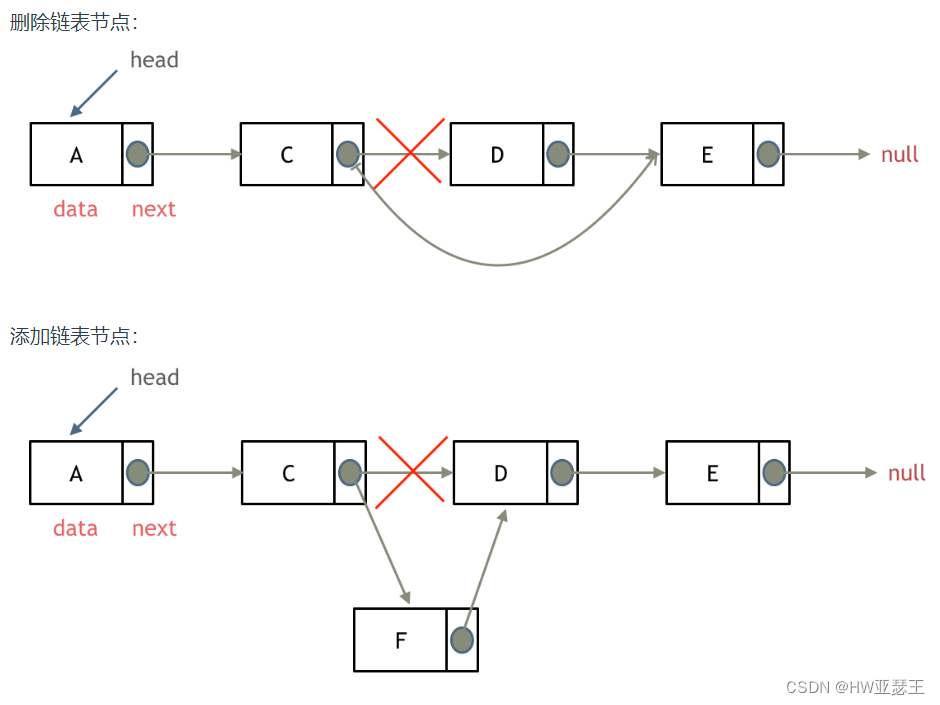
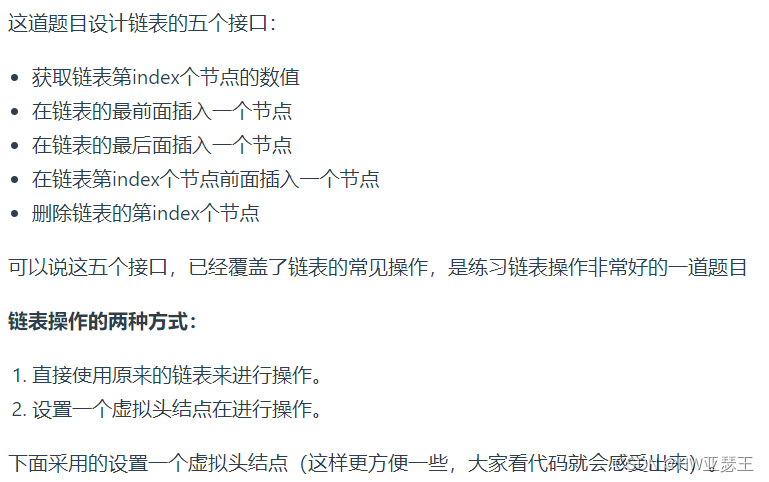
class ListNode:
def __init__(self, val=0, next=None):
self.val = val
self.next = next
class MyLinkedList:
def __init__(self):
self.dummy_head = ListNode()
self.size = 0
def get(self, index: int) -> int:
if index < 0 or index >= self.size:
return -1
current = self.dummy_head.next
for i in range(index):
current = current.next
return current.val
def addAtHead(self, val: int) -> None:
self.dummy_head.next = ListNode(val, self.dummy_head.next)
self.size += 1
def addAtTail(self, val: int) -> None:
current = self.dummy_head
while current.next:
current = current.next
current.next = ListNode(val)
self.size += 1
def addAtIndex(self, index: int, val: int) -> None:
if index < 0 or index > self.size:
return
current = self.dummy_head
for i in range(index):
current = current.next
current.next = ListNode(val, current.next)
self.size += 1
def deleteAtIndex(self, index: int) -> None:
if index < 0 or index >= self.size:
return
current = self.dummy_head
for i in range(index):
current = current.next
current.next = current.next.next
self.size -= 1
# Your MyLinkedList object will be instantiated and called as such:
# obj = MyLinkedList()
# param_1 = obj.get(index)
# obj.addAtHead(val)
# obj.addAtTail(val)
# obj.addAtIndex(index,val)
# obj.deleteAtIndex(index)206.反转链表


# Definition for singly-linked list.
# class ListNode:
# def __init__(self, val=0, next=None):
# self.val = val
# self.next = next
class Solution:
def reverseList(self, head: ListNode) -> ListNode:
cur = head
pre = None
while cur:
temp = cur.next # 保存一下 cur的下一个节点,因为接下来要改变cur->next
cur.next = pre #反转
#更新pre、cur指针
pre = cur
cur = temp
return pre





















 被折叠的 条评论
为什么被折叠?
被折叠的 条评论
为什么被折叠?








